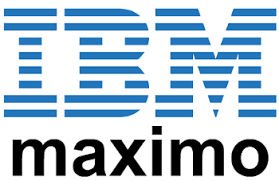
The accumulated depreciation account is a contra asset account on a company’s balance sheet. It appears as a reduction from the gross amount of fixed assets reported. Accumulated depreciation specifies the total amount of an asset’s wear to date in the asset’s useful life. Depreciation in accounting refers to a continuous loss in the value of fixed assets to a certain period.

To see how the calculations work, let’s use the earlier example of the company that buys equipment for $50,000, sets the salvage value at $2,000 and useful life at 15 years. The estimate for units to be produced over the asset’s lifespan is 100,000. Keep in mind, though, that certain types of accounting allow for different means of depreciation. Let’s assume that if a company buys a piece of equipment for $50,000, it may expense its entire cost in year one or write the asset’s value off over the course of its 10-year useful life.
While the straight-line method is the most common, there are also many cases where accelerated methods are preferable, or where the method should be tied to usage, such as units of production. Consider a machine that costs $25,000, with an estimated total Interest Received Journal Entry unit production of 100 million and a $0 salvage value. During the first quarter of activity, the machine produced 4 million units. The group depreciation method is used for depreciating multiple-asset accounts using a similar depreciation method.
This allows us to see both the truck’s original cost and the amount that has been depreciated since the time that the truck was put into service. The total amount depreciated each year, which is represented as a percentage, is called the depreciation rate. For example, if a company had $100,000 in total depreciation over the asset’s expected life, and the annual depreciation was $15,000. When analyzing depreciation, accountants are required to make a supportable estimate of an asset’s useful life and its salvage value. The units of production method is different from the two above methods in that while those methods are based on time factors, the units of production is based on usage. However, the total amount of depreciation taken over an asset’s economic life will still be the same.
Each year, the accumulated depreciation balance increases by $9,600, and the press’s book value decreases by the same $9,600. At the end of five years, the asset will have a book value of $10,000, which is calculated by subtracting the accumulated depreciation of $48,000 (5 × $9,600) from the cost of $58,000. Recall that determination of the costs to be depreciated requires including all costs that prepare the asset for use by the company.
How to calculate depreciation
At the conclusion of the year, the amount of depreciation is moved to the Profit and Loss Account. Insights on business strategy and culture, right to your inbox.Part of the business.com network. Since hours can count as units, let’s stick with the bouncy castle example. Play around with this SYD calculator to get a better sense of how it works. So, you’ll write off $950 from the bouncy castle’s value each year for 10 years. A tangible asset can be touched—think office building, delivery truck, or computer.
An example of fixed assets are buildings, furniture, office equipment, machinery etc. The land is the only exception that cannot be depreciated as the value of land appreciates with time. To calculate composite depreciation rate, divide depreciation per year by total historical cost. To calculate depreciation expense, multiply the result by the same total historical cost.
- Then, the total output of that particular year is multiplied with the previously calculated rate of depreciation to get the actual amount of depreciation occurred.
- Alternatively, it is just an allocation process as per the matching principle instead of a technique that determines the fair market value of the fixed asset.
- Under this method, an insurance policy is taken for the period till when the asset gets matured to be replaced.
- Depreciation helps you understand how much value your assets have lost over the years, and if you don’t factor it into your revenue, it could mean that you’re underestimating your costs.
- Straight-line depreciation gives a reasonably good measure of income if the revenues and maintenance requirements are constant throughout the life of the asset.
Depreciation is a way for businesses to allocate the cost of fixed assets, including buildings, equipment, machinery, and furniture, to the years the business will use the assets. Over the useful life of the fixed asset, the cost is moved from the balance sheet to the income statement. Alternatively, it is just an allocation process as per the matching principle instead of a technique that determines the fair market value of the fixed asset. In the sum-of-the-years digits depreciation method, the remaining life of an asset is divided by the sum of the years and then multiplied by the depreciating base to determine the depreciation expense.
Dictionary Entries Near depreciation accounting
In addition, this gain above the depreciated value would be recognized as ordinary income by the tax office. If the sales price is ever less than the book value, the resulting capital loss is tax-deductible. If the sale price were ever more than the original book value, then the gain above the original book value is recognized as a capital gain. Income statement accounts are referred to as temporary accounts since their account balances are closed to a stockholders’ equity account after the annual income statement is prepared.
In this section, we concentrate on the major characteristics of determining capitalized costs and some of the options for allocating these costs on an annual basis using the depreciation process. In the determination of capitalized costs, we do not consider just the initial cost of the asset; instead, we determine all of the costs necessary to place the asset into service. This method, also called declining balance depreciation, allows you to write off more of an asset’s value right after you purchase it and less as time goes by. This is a good option for businesses that want to recover more of the asset’s value upfront rather than waiting a certain number of years, such as small businesses with a lot of initial costs and requiring extra cash. For tax purposes, businesses are generally required to use the MACRS depreciation method. It’s an accelerated method for calculating depreciation because it allows larger depreciation write-offs in the early years of the asset’s useful life.
Depreciation is then computed for all assets in the pool as a single calculation. These calculations must make assumptions about the date of acquisition. One half of a full period’s depreciation is allowed in the acquisition period (and also in the final depreciation period if the life of the assets is a whole number of years). United States rules require a mid-quarter convention for per property if more than 40% of the acquisitions for the year are in the final quarter.
For the remaining years, the double-declining percentage is multiplied by the remaining book value of the asset. Kenzie would continue to depreciate the asset until the book value and the estimated salvage value are the same (in this case $10,000). It is important to note, however, that not all long-term assets are depreciated. For example, land is not depreciated because depreciation is the allocating of the expense of an asset over its useful life.
Example of Depreciation
All such information is provided solely for convenience purposes only and all users thereof should be guided accordingly. A firm is expected to produce at a point where its marginal cost equals marginal revenue. Companies are also expected to charge a price equal to the average revenue that will sell the appropriate quantum of output.
In some cases, it makes more sense to calculate depreciation by measuring the work the asset does, rather than the time it serves. So, in this depreciation method, equal expense rates are assigned to each unit of production, meaning that depreciation is based on output capacity rather than number of years. There are two steps you’ll need to go through to calculate units of production depreciation.
Straight-line depreciation method
Make sure you have a method in place for tracking your use of equipment, and expect to write off a different amount every year. Depreciation is a calculation of wearing out, consumption, or other loss of value of a depreciable asset arising from use, effluxion of time, or antiquation through technology and market changes. Depreciation is allocated for charging a good proportion of the depreciable amount in each accounting period during the expected useful life of the asset. Depreciation involves the amortization of assets whose useful life is pre-planned. A company purchased a machine for $100,000 that is expected to have a total production capacity of 500,000 units.
Most business owners prefer to expense only a portion of the cost, which can boost net income. The term depreciation refers to an accounting method used to allocate the cost of a tangible or physical asset over its useful life. It allows companies to earn revenue from the assets they own by paying for them over a certain period of time. For example, if we want to increase investment in real estate, shortening the economic lives of real estate for taxation calculations can have a positive increasing effect on new construction. If we want to slow down new production, extending the economic life can have the desired slowing effect.
What Is the Basic Formula for Calculating Accumulated Depreciation?
After the truck has been used for two years, the account Accumulated Depreciation – Truck will have a credit balance of $20,000. After three years, Accumulated Depreciation – Truck will have a credit balance of $30,000. Each year the credit balance in this account will increase by $10,000 until the credit balance reaches $70,000. To illustrate the cost of an asset, assume that a company paid $10,000 to purchase used equipment located 200 miles away.
To calculate depreciation using the straight-line method, subtract the asset’s salvage value (what you expect it to be worth at the end of its useful life) from its cost. The result is the depreciable basis or the amount that can be depreciated. Divide this amount by the number of years in the asset’s useful lifespan. So, if you use an accelerated depreciation method, then sell the property at a profit, the IRS makes an adjustment. They take the amount you’ve written off using the accelerated depreciation method, compare it to the straight-line method, and treat the difference as taxable income.
Because it is a nominal account, the depreciation expenditure account is closed at the conclusion of each financial year by moving its amount to the profit and loss account. Sum-of-years-digits is a spent depreciation method that results in a more accelerated write-off than the straight-line method, and typically also more accelerated than the declining balance method. Under this method, the annual depreciation is determined by multiplying the depreciable cost by a schedule of fractions. Depreciation expense is recorded on the income statement as an expense or debit, reducing net income.
Straight-line depreciation is a very common, and the simplest, method of calculating depreciation expense. In straight-line depreciation, the expense amount is the same every year over the useful life of the asset. Depreciation expense is recorded on the income statement as an expense and represents how much of an asset’s value has been used up for that year. Tracking the depreciation expense of an asset is important for reporting purposes because it spreads the cost of the asset over the time it’s in use.

